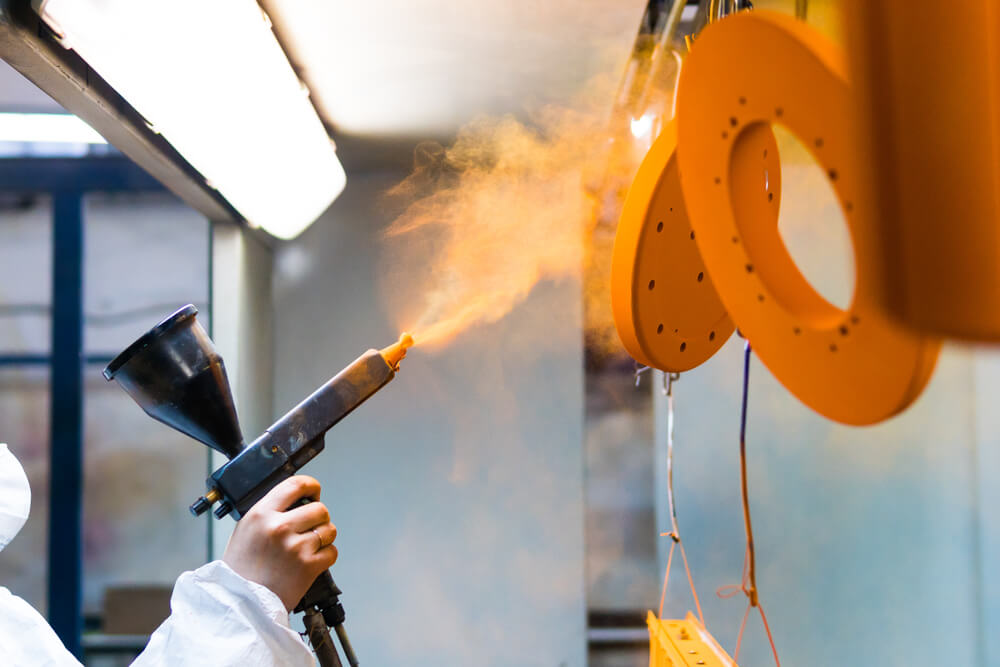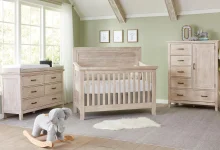The Difference Between Coating and Painting

Introduction
When it comes to protecting surfaces or enhancing their appearance, difference between coating and painting both coating and painting are common solutions. While they may seem similar at first glance, they serve different purposes, offer distinct benefits, and are used in various applications. Understanding the differences between coating and painting can help you choose the right solution for your specific needs.
What is Painting?
Purpose of Painting
Painting is primarily used for aesthetic purposes. The primary goal is to enhance the visual appearance of a surface. In many cases, Dip coating application technology is applied to provide a clean, vibrant finish that complements the environment or matches a desired color scheme. While paint can offer some level of protection to surfaces, its main focus is decorative.
Characteristics of Painting
- Thin Application: Paints are typically applied in thin layers.
- Limited Durability: While they can protect against minor abrasions or weather conditions, paints are not designed for heavy-duty protection.
- Aesthetic Enhancement: Paint primarily focuses on appearance, with a wide variety of colors and finishes such as matte, gloss, or satin.
Common Applications
- Walls in homes and buildings
- Cars and vehicles
- Furniture and decorative objects
What is Coating?
Purpose of Coating
Coating, on the other hand, is used for protection first and foremost. Coatings create a thick, durable layer that shields surfaces from environmental damage, corrosion, wear and tear, and even chemical exposure. Unlike paint, coatings are engineered to offer superior protection for surfaces exposed to harsh conditions, such as industrial equipment or marine vessels. In many cases, coatings serve dual purposes by not only protecting the surface but also improving its functionality through features like anti-slip or waterproofing properties.
Characteristics of Coating
- Thicker Application: Coatings are often applied in thicker layers compared to paint. This added thickness provides a stronger barrier against potential damage, making coatings more suitable for high-stress environments where surfaces are regularly exposed to chemicals, heat, or mechanical wear.
- Heavy-Duty Protection: Coatings offer high levels of resistance to damage from chemicals, UV light, moisture, and other harmful elements. For instance, industrial coatings can withstand corrosive environments like those found in offshore oil rigs or chemical plants, while marine coatings are designed to prevent rust and damage in ships and docks.
- Functional Enhancement: In addition to protection, coatings can enhance the functionality of a surface. For example, some coatings reduce friction, add anti-slip properties, or provide thermal insulation. Special coatings can also make surfaces easier to clean or resistant to bacterial growth, adding an extra layer of practicality in both industrial and domestic environments.
Common Applications
- Industrial equipment and machinery
- Marine vessels
- Steel structures and pipelines
- Vehicles exposed to harsh environments
Key Differences Between Coating and Painting
Functionality
- Painting: Primarily for aesthetic purposes.
- Coating: Focuses on protection and functional enhancements.
Thickness
- Painting: Applied in thin layers.
- Coating: Applied in thicker, more durable layers.
Durability
- Painting: Offers limited durability, suitable for environments with light exposure.
- Coating: Highly durable and suited for harsh or extreme environments.
Cost
- Painting: Generally less expensive due to its decorative nature.
- Coating: More expensive as it often requires specialized materials and applications for added protection.
When to Choose Coating Over Painting
If you are dealing with surfaces that require long-lasting protection against harsh environmental conditions, chemicals, or physical wear, coatings are the better option. Industrial machinery, marine vessels, and outdoor steel structures benefit greatly from coatings due to their high durability and resilience.
On the other hand, if you are focused on enhancing appearance and do not need heavy-duty protection, painting is a more economical and straightforward solution.
Conclusion
Both coating and painting have their unique purposes, and selecting the right one depends on the specific needs of your project. Painting focuses on aesthetic enhancement, while coating offers long-term protection and durability. Understanding these differences can help you make informed decisions to ensure your surfaces remain both beautiful and well-protected.








